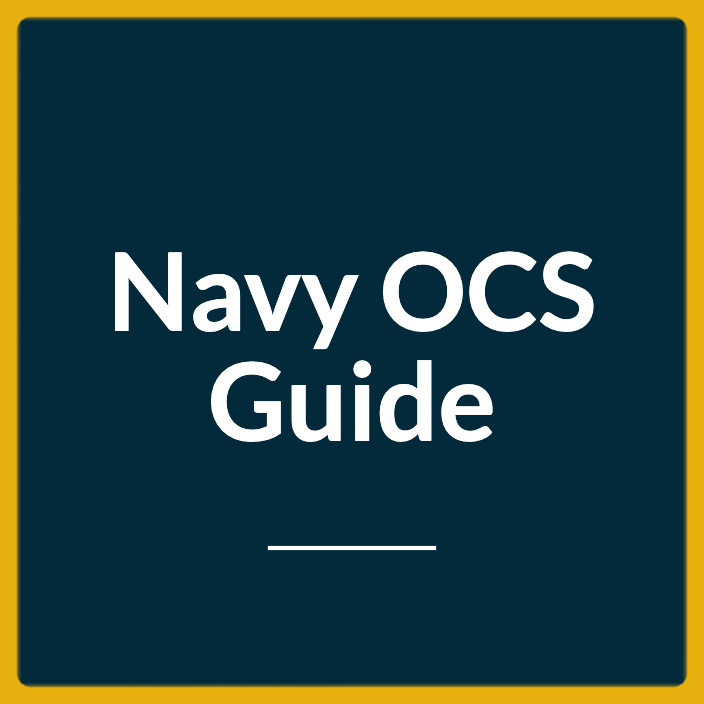Looking to move up in the Navy? Promotions aren’t automatic—you need to know what it takes.
The Navy runs on structure and hierarchy, and advancing through the ranks isn’t always straightforward. Many officers struggle to understand exactly what’s required.
Performance, training, leadership—every step matters. If you want to climb the ranks, you need to meet the standards and prove you’re ready.
Eligibility Criteria for Promotion

Basic Requirements
For any promotion, some prerequisites never change:
- Time in Service: Officers must serve a minimum period at their current rank, usually between 1 to 3 years.
- Time in Grade: This is rank-specific time served.
- Fitness Reports: Positive evaluations are key.
- Passing Physicals: Maintain medical and physical fitness standards.
Additional Qualifications
- Professional Education: Additional courses or degrees can be advantageous.
- Specialized Training: Special training may be mandatory, depending on the role.
- Security Clearance: Certain roles demand a higher level of clearance.
Competitive Categories
Officers are categorized based on their job roles or “designators.” These competitive categories play a vital role during the selection board process.
Navy officers receive promotions based on their performance, experience, and job qualifications. The promotion process for Navy officers is competitive and begins with an officer’s category or designator.
Designators are assigned by the U.S. Navy to identify a particular field or specialty within the service.
The most important factor in an officer’s promotion is their competitive category, which determines how they are ranked against their peers.
Depending on the competitive category, Navy officers can be compared based on factors such as their length of service, performance evaluations, specialized training, and education, duty performance, and rank insignia.
Performance Evaluation Process
Each year, officers receive a fitness report (FITREP) from their commanding officer. The FITREP is sent to a selection board for consideration during the promotion process.
The board also reviews the officer’s personnel file, which includes their service record, awards won, and professional development courses completed.
So, it is important for officers to ensure that their performance evaluations are up-to-date and accurately reflect their achievements. Networking and continuous learning can also help boost an officer’s chances of promotion.
The Promotion Process
Selection Boards
When officers become eligible for promotion, they face the scrutiny of a selection board comprising senior officers. These boards look at various factors, such as performance evaluations, length of service, and leadership potential.
The selection process begins with a panel that reviews all the applications and makes a shortlist. This is followed by a board of senior officers, who interview the candidates and make recommendations to higher authorities.
Promotion Zones
Officers are categorized into three zones:
- Below Zone: Eligible for early promotion, but it’s a long shot.
- In the Zone: This is the sweet spot for promotion.
- Above the Zone: Missed out previously but still in the running.
Promotion Quotas
The Navy annually sets quotas for promotions. These can vary, depending on budget constraints and mission necessities.
Promotion quotas are determined by annual reviews that compare the number of officers available for promotion with the number of officers needed to fill positions of higher rank.
Quotas are based on a variety of factors, such as the size and type of ship or unit, operational requirements, and personnel needs in various geographic areas.
When it comes time for promotions, all eligible officers must complete an assessment, which will be considered by the selection board.
The Promotion List
A list of officers selected for promotion is generated after the board completes its review. Promotions then occur in order of merit, as positions become vacant.
The promotion list is created by a selection board which reviews the records of all officers who applied for advancement. Then, the board makes recommendations for promotion based on performance, awards, and decorations, professional development, and other factors.
The board also considers whether the candidate has a character and record that will reflect favorably upon the Navy. At the end of its review process, the selection board generates a list containing those officers who will be promoted.
Final Approval
The final decision is made by the Secretary of the Navy after considering the recommendation from the selection board. Promotions are then published on a list called “The Navy Register.”
DOPMA Guidelines
The Defense Officer Personnel Management Act (DOPMA) governs officer promotions across all U.S. military branches. It sets limits on the number of officers that can serve at each rank and outlines the basic structure of career progression.
The DOPMA guidelines provide a timeline for promotions based on service time, performance, and job responsibility. Officers must be in their current rank for two years before being eligible to compete for promotion. The Navy also has a system of merit-based promotions that rewards outstanding performance.
Here’s a breakdown of officer ranks and typical time-in-service requirements:
| Rank | Pay Grade | Time in Service (Minimum) |
|---|---|---|
| Ensign | O-1 | Commissioning |
| Lieutenant Junior Grade | O-2 | 2 years (Automatic) |
| Lieutenant | O-3 | 2-3 years |
| Lieutenant Commander | O-4 | 3-4 years |
| Commander | O-5 | 3-5 years |
| Captain | O-6 | 4-5 years |
| Rear Admiral Lower Half | O-7 | Varies |
| Rear Admiral | O-8 | Varies |
| Vice Admiral | O-9 | Varies |
| Admiral | O-10 | Varies |
Quick Note: Automatic Promotions
The promotions from O-1 (Ensign) to O-2 (Lieutenant Junior Grade) are automatic, provided you meet basic performance and conduct criteria.
Case Study: The Trailblazing Admiral
Consider Admiral Michelle Howard, who became the first female four-star Admiral. Her career trajectory showcased the role of performance and professional development in rapid promotions.
Challenges and Tips for Promotion
Performance Evaluation
Solid performance evaluations are your golden ticket. They are a key differentiator during selection boards. Fitness Reports (FITREP) provide detailed performance reviews and are key for advancement.
Duty Performance
It’s important to show a commitment to service excellence. Your supervisors should be able to attest to your dedication and accomplishments.
Leadership Qualities
The Navy promotes officers who show core qualities, such as integrity, responsibility, loyalty, initiative, and courage. Your superiors will look at the way you lead others, as well as your tactical and strategic skills.
Military Bearing
Military bearing is essential for success in the Navy. You should always maintain a professional appearance, demonstrate respect for superiors, and display confidence in yourself and your abilities.
Networking
Don’t underestimate the power of connections. A recommendation from a senior officer can be a game-changer.
Continuous Learning
The Navy values continuous learning. Keep investing in your professional growth, whether that means taking advanced courses or undergoing specialized training.
Conclusion
Advancing through the ranks in the Navy is a complex but navigable process. It involves a blend of service time, performance, and continuous development. And while not everyone ascends at the same pace, opportunities for progression are well-defined.
So, now that you’re equipped with the knowledge, set sail towards a promising Navy career.

